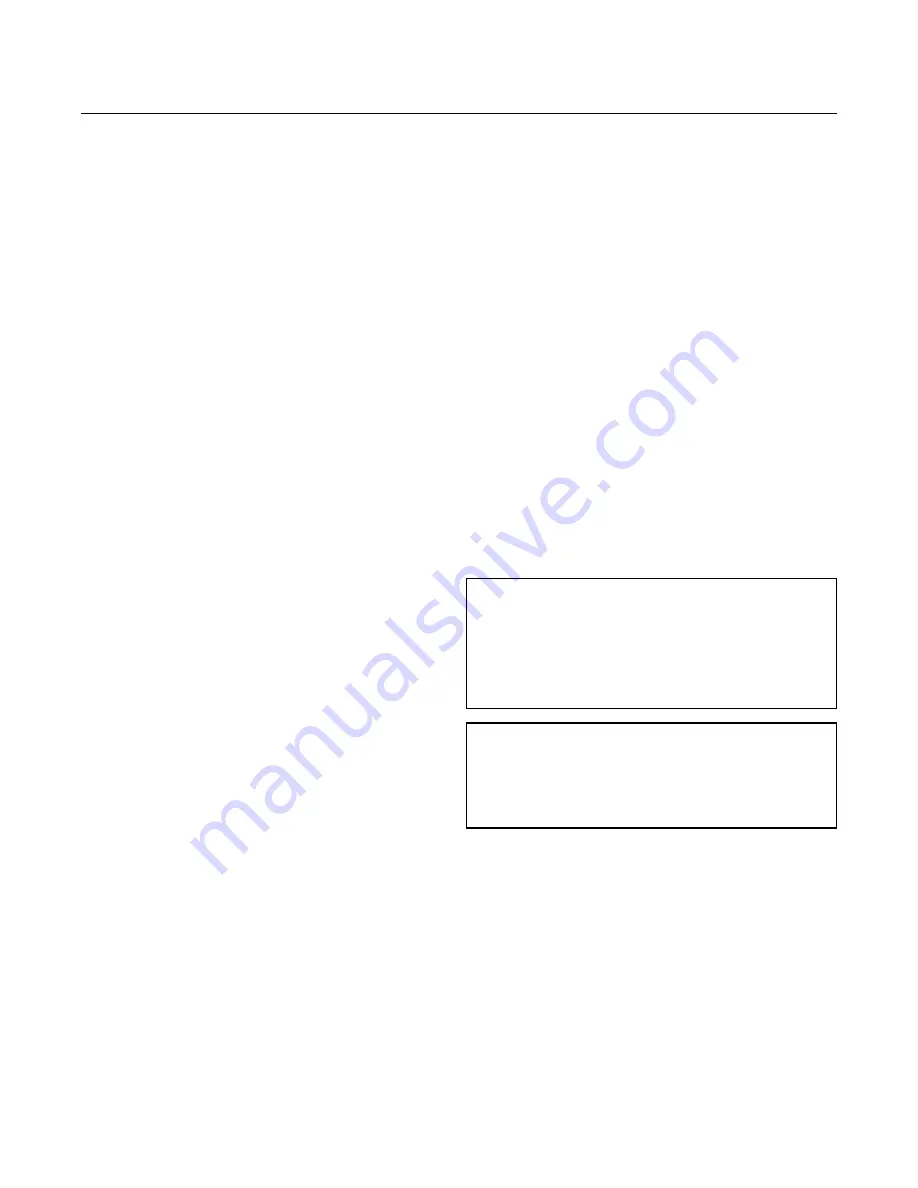
60
Interior & Exterior Care
SECTION FOUR
Local or state governments determine what to apply to
the road surface during winter months and substances
can change by location . It is possible to encounter one
or all of these substances while driving . Only regular
weekly washing of the exterior and undercarriage can
slow corrosion during the winter months . No single
treatment can be used to eliminate and neutralize the
affects of these corrosive substances .
Diligent washing and awareness of what substances
applied to the road surface will dictate if a neutralizing
agent must be applied to help slow the process of
corrosion to exterior surfaces including the paint finish .
Therefore; it is up to the motorhome owner to perform
regular washing maintenance and neutralize any
corrosive agent applied to the roadway by local or state
governments .
WASHING
The recreational vehicle is painted with a “base coat, clear
coat system .” Clear coat is a polyurethane-based material
that brings out the shine and luster to the base coat paint .
Periodic cleaning will help to preserve the finish . Care
should be used when washing the recreational vehicle .
Use only mild soap or (preferred) specifically designed
automotive shampoo . Do not use abrasive cleansers or
laundry detergents as these will scratch the clear coat
and leave a soap film . Use a soft cotton cloth or specially
designed microfiber and/or wool washing mitt when
washing the paint finish . Do not use a brush as it can
scratch the surface and damage the clear coat . Remove
most of the accumulated dirt and road wash behind
wheel openings and the rear of the recreational vehicle
before washing . If build up is excessive, run water over
a soft cotton cloth while gently wiping the surface in a
downward direction . This will help float away the build up
from the clear coat . Avoid using back and forth or circular
motions when washing away build up as this can trap
particulates and scratch the clear coat leaving a haze and
swirl marks that will require a professional to repair .
After removing the heavy build up then wash the
recreational vehicle . Start washing at the top working
towards the bottom . If possible, wash the recreational
vehicle in a shaded area when the exterior is not hot to
the touch .
If necessary, turn the recreational vehicle around to
keep the area being washed in the shade . Keep the
surface wet and try not to allow the washing solution
to dry before rinsing . Use plenty of water when rinsing
the surface to remove all washing residue .
DRYING
Chamois cloths come in natural and synthetic materials .
Either type is acceptable as long as the surface is clean .
Soak the chamois in clean water, then wring it dry .
Remove the water from the surface, starting at the top
and working towards the bottom, using a downward
“S” pattern . Wring out the chamois as needed . Using
a chamois cloth to remove the rinse water is not
necessary, but the effort can be worthwhile .
WAXING
It is recommended to wax the motorhome twice a
year: spring and fall . Many types of protective barriers
are available today that may be applied to the clear
coat: glazes, waxes, polishes, rubbing compounds or
combinations of these products .
Types of Products:
•
Glazes
: Glazes are generally used to fill very fine
scratches in the clear coat . They are applied either
by hand or by using a polisher with a special pad .
•
Waxes:
Waxes come in many types of chemical
make-up . Most contain cleaning agents, lubricants
and wax . Cleaning agents remove oxidation and
leave a high gloss . Wax leaves a clear film that
protects the finish
•
Polishes:
Polishes combine wax based substances
with abrasives to clean and polish at the same time .
These products can be too abrasive for clear coats
and are not recommended for use .
NOTE:
Use a grease and wax remover before applying
another coat of wax . Chemicals can become
trapped between layers of wax, possibly damaging
the paint finish .
INFORMATION:
When selecting a product, follow the product
manufacturer’s
recommended
application
instructions .
Summary of Contents for Class A Gas 2020
Page 173: ...FLEETWOOD RV CLASS A GAS 2020 OWNER S MANUAL 171...
Page 174: ...172 Notes...











































